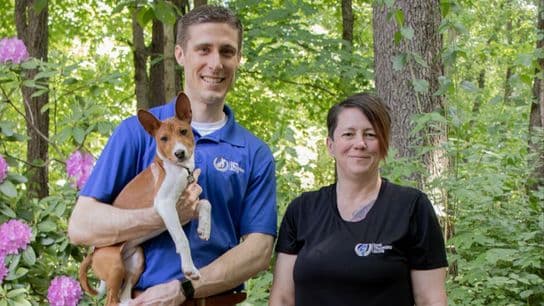Today, having a strong digital footprint is a business necessity. David Wurst of Social Audit shares his tips on making sure your company’s digital strategy is bulletproof and producing meaningful results.
Brand awareness is the measure of how well people know your product or service, and anyone in marketing will tell that how you drive and measure it has dramatically changed. In the digital age, it’s all about individuals and groups who influence by creating buzz through digital outlets like blogs, Twitter, Facebook and LinkedIn. In other words, a strong digital footprint is no longer a nice-to-have; it’s a must-have.
Here’s why: customers, prospects, recruits, and other key target audiences will search your name any time they want to know more about you, your business’ point of view and your company’s services. Today, your digital footprint is a business necessity—so it’s important to make yours bulletproof, up-to-date and relevant.
“It’s important to take a look at what the words social and digital mean. Social equals digital, but digital doesn’t necessarily equal social. People will sometimes say that they have Facebook or Twitter and that’s their digital plan. But your brand’s digital footprint is so much more than that—it’s the umbrella, and underneath it, those individual components ultimately make up the footprint,” said Susan Boresow, president of
TITLE Boxing Club, during a breakout session at
FranConnection 2016. “Your digital footprint is all-encompassing—it’s Facebook, your website, your marketing strategy, your blog and so much more. It’s so important to understand the difference in each, and how each of them can impact your brand.”
To better manage your brand’s digital footprint, start by taking a hard look at the strategy already in place. For TITLE Boxing Club, this started with engaging with Social Audit to conduct an audit on the brand’s current digital landscape. Was their brand being broadcasted across the Internet in the right way? Was their message being heard? And what improvements could be made to better foster relationships with potential and existing customers?
According to David Wurst of Social Audit, first take a moment to deeply examine your various social media channels. This includes updating bios across all accounts; standardizing posting practices (such as times, link posts versus image posts and social tone); conducting hashtag and industry news source research; adding descriptions with SEO keywords to any video or photo content; and tailoring meta-elements for the most viewed 10 blog posts and web pages.
From there, Wurst recommends analyzing your audience growth and engagement process. Take the time to track each of your local franchise units across their individual social accounts and begin engaging with them by sharing their stories and content.
“This is a great way to humanize your brand—it adds a human face to a business, and gives your audience a firsthand look into what you’re all about at the local level. It’s rewarding for both the franchisees and your general audience,” Wurst said.
It’s also important to track a list of top influencers within your network—these are the people that you need to engage with when relevant (via Twitter, typically), and Wurst recommends compiling five to 10 different industry and thought leaders per month to start. In doing so, you’re engaging a wider audience in a conversation that can be traced back to your brand.
As you continue to establish your brand’s audience engagement process, Wurst says it’s time to start brainstorming campaign ideas, which is one of the most important things you can do for your digital footprint. Create campaigns that leverage the perspectives of your customers, leadership, employees, local units, influencers and industry experts. Then, figure out how this campaign can be optimized across each social media network, repurposed, and, ultimately, measured.
“There’s so much involved in digital marketing. It’s really a family effort, so the entire team needs to understand each of these elements and what opportunities there are within each of these areas and how to best leverage them. All of these elements add up to a strong digital footprint, and in order to best direct it, you need to understand it,” Wurst said.









